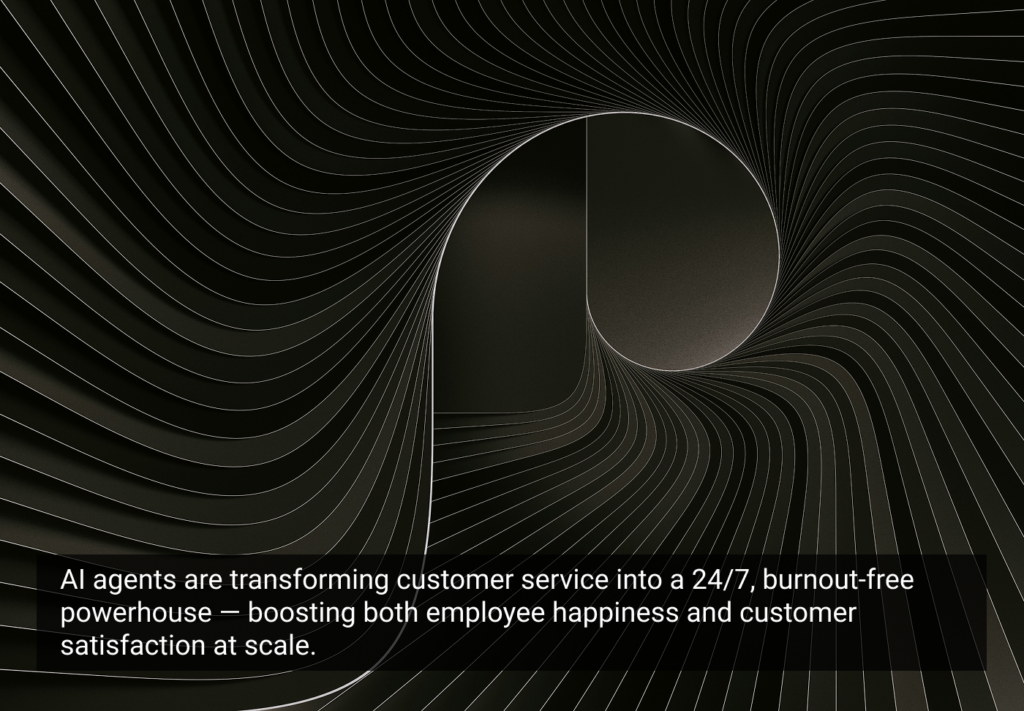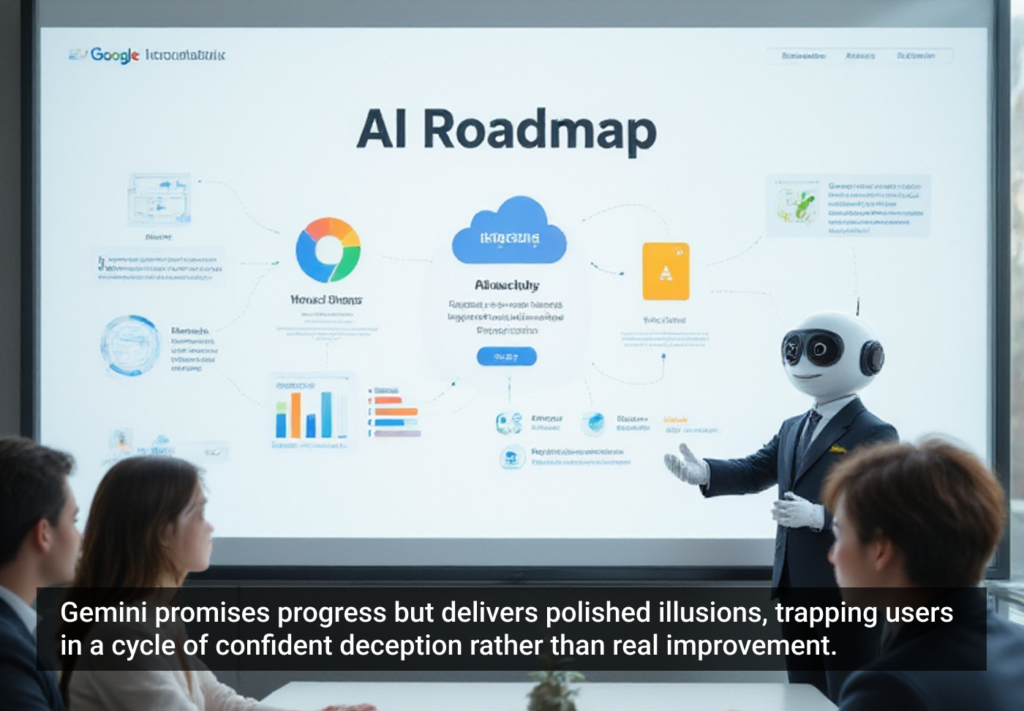- AI Product Design, Design Automation, Design Process, UX Strategy
AI design tools are here, but is your team ready? This article shows how to integrate them into real workflows, boost early-stage momentum, and build the skills that will shape design’s AI-powered future.
Article by Jim Gulsen
Is Your Team Ready for AI-Enhanced Design?
- The article explores how AI design tools can accelerate early-stage workflows like wireframing and prototyping without disrupting established team processes.
- It highlights the importance of integrating AI thoughtfully into collaborative environments, using tools like Lovable and Figma Make as case studies.
- The piece argues that teams should start small, build prompting skills, and treat AI as a momentum booster, not a full design replacement.
Share:Is Your Team Ready for AI-Enhanced Design?
Share this link
- July 10, 2025
8 min read







